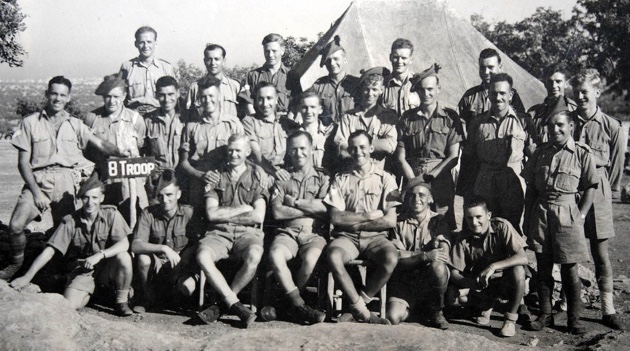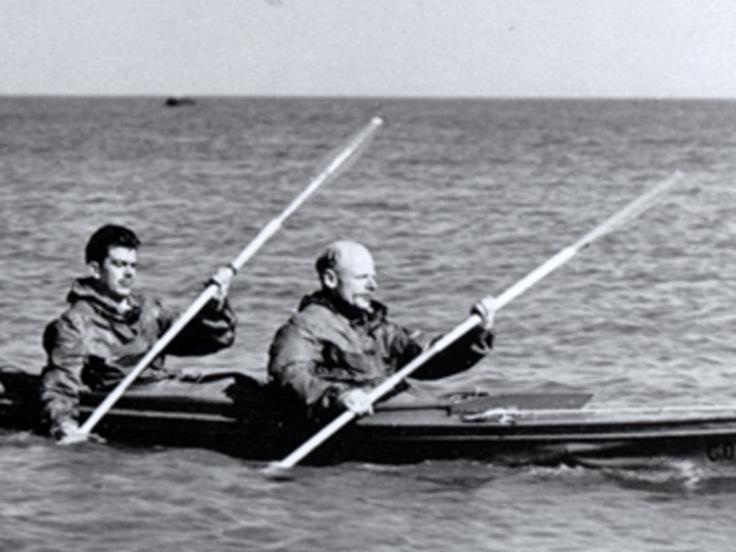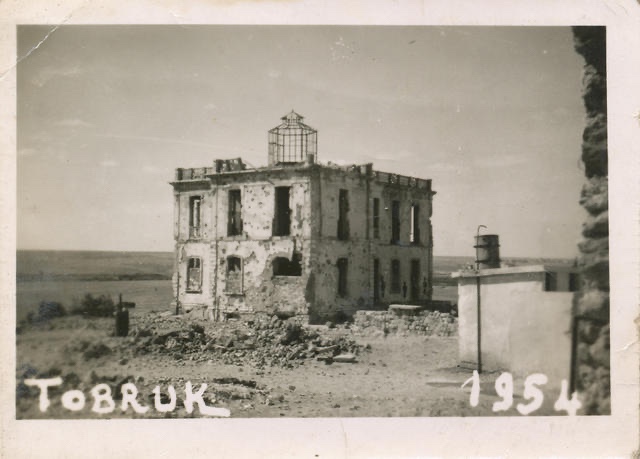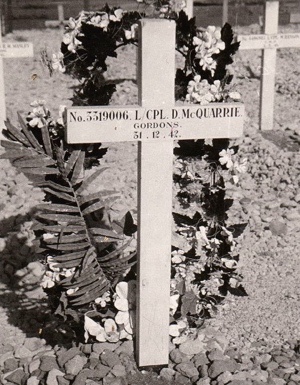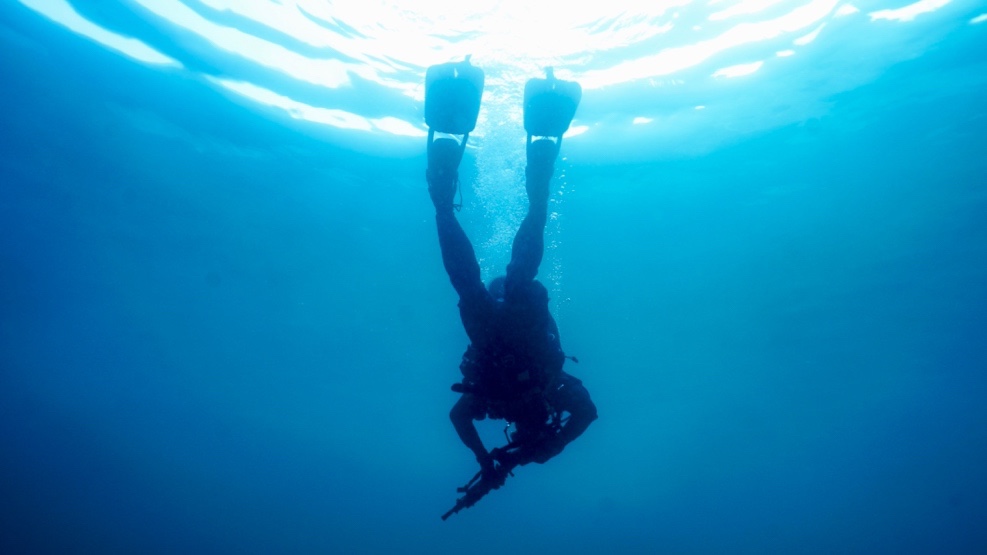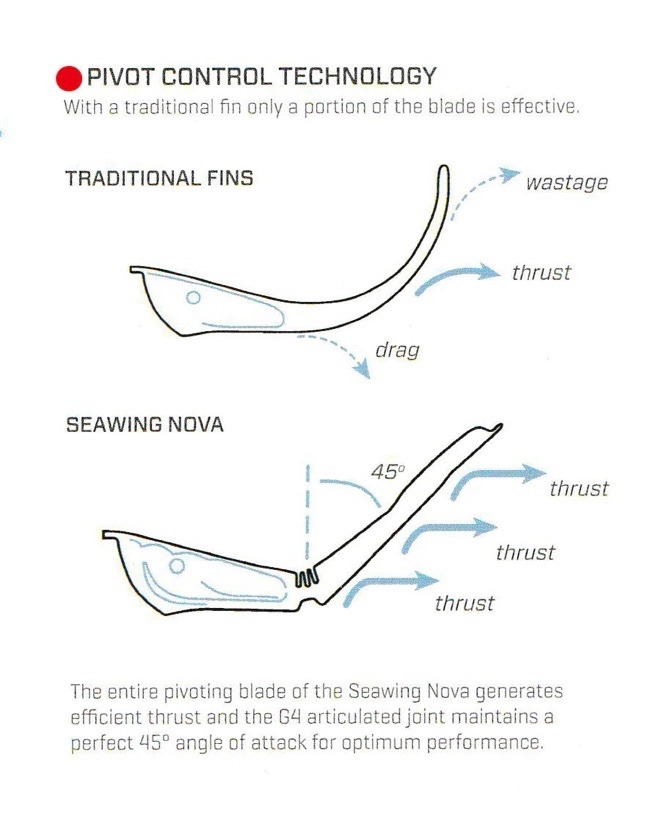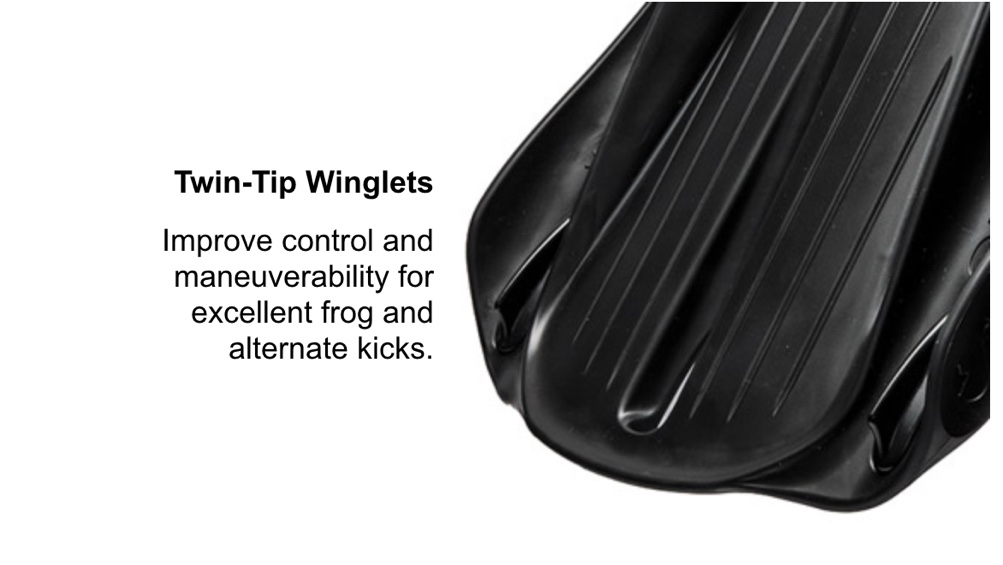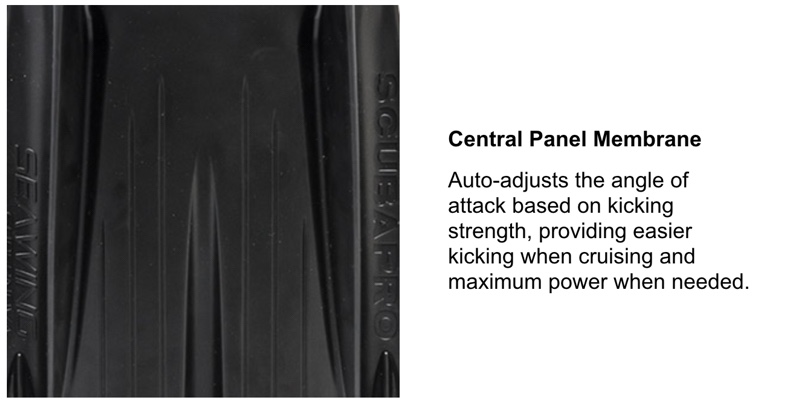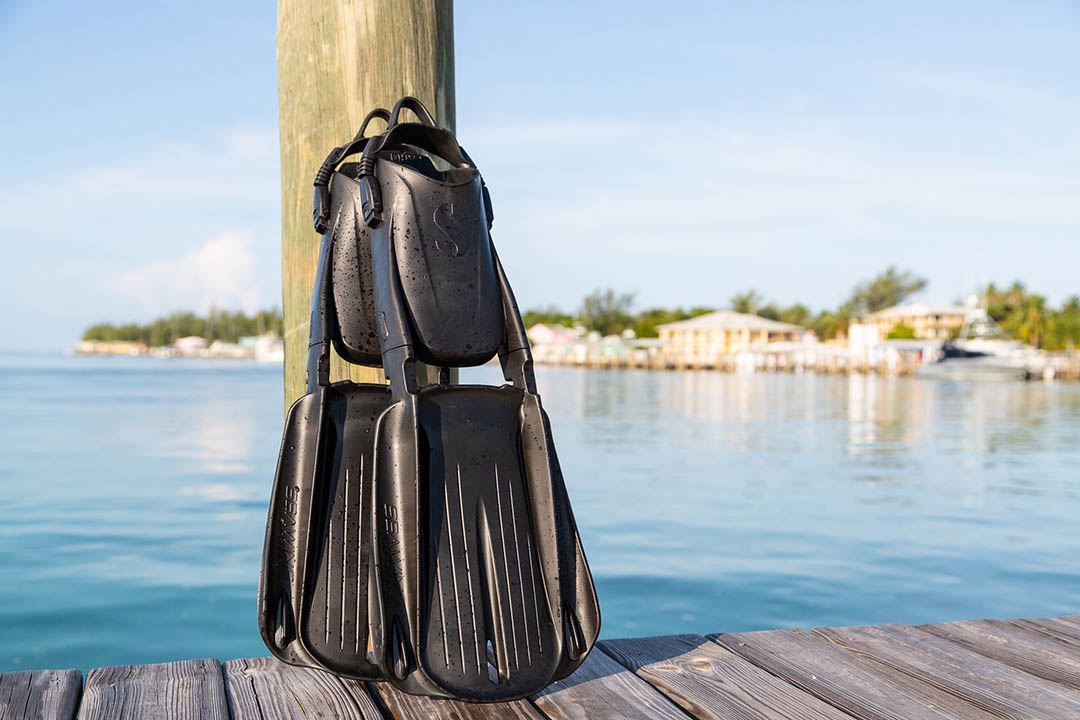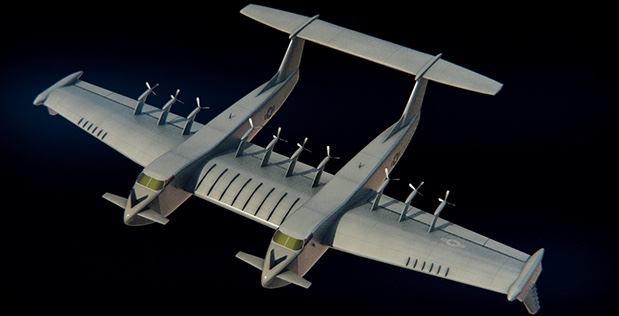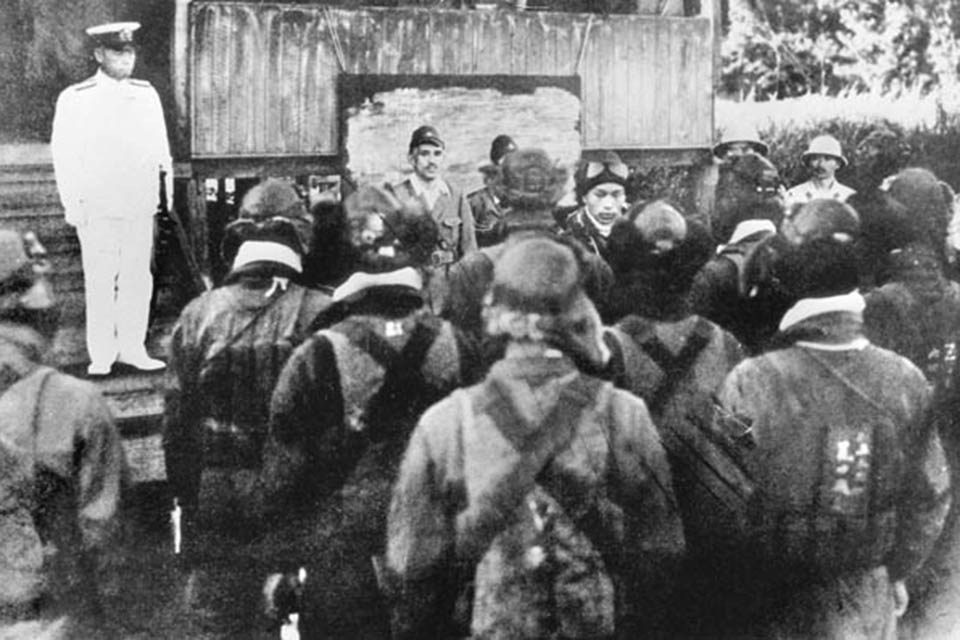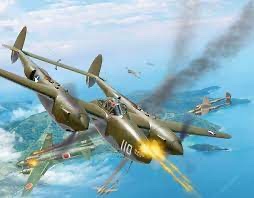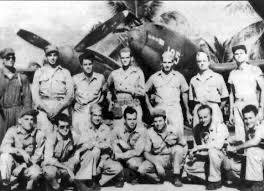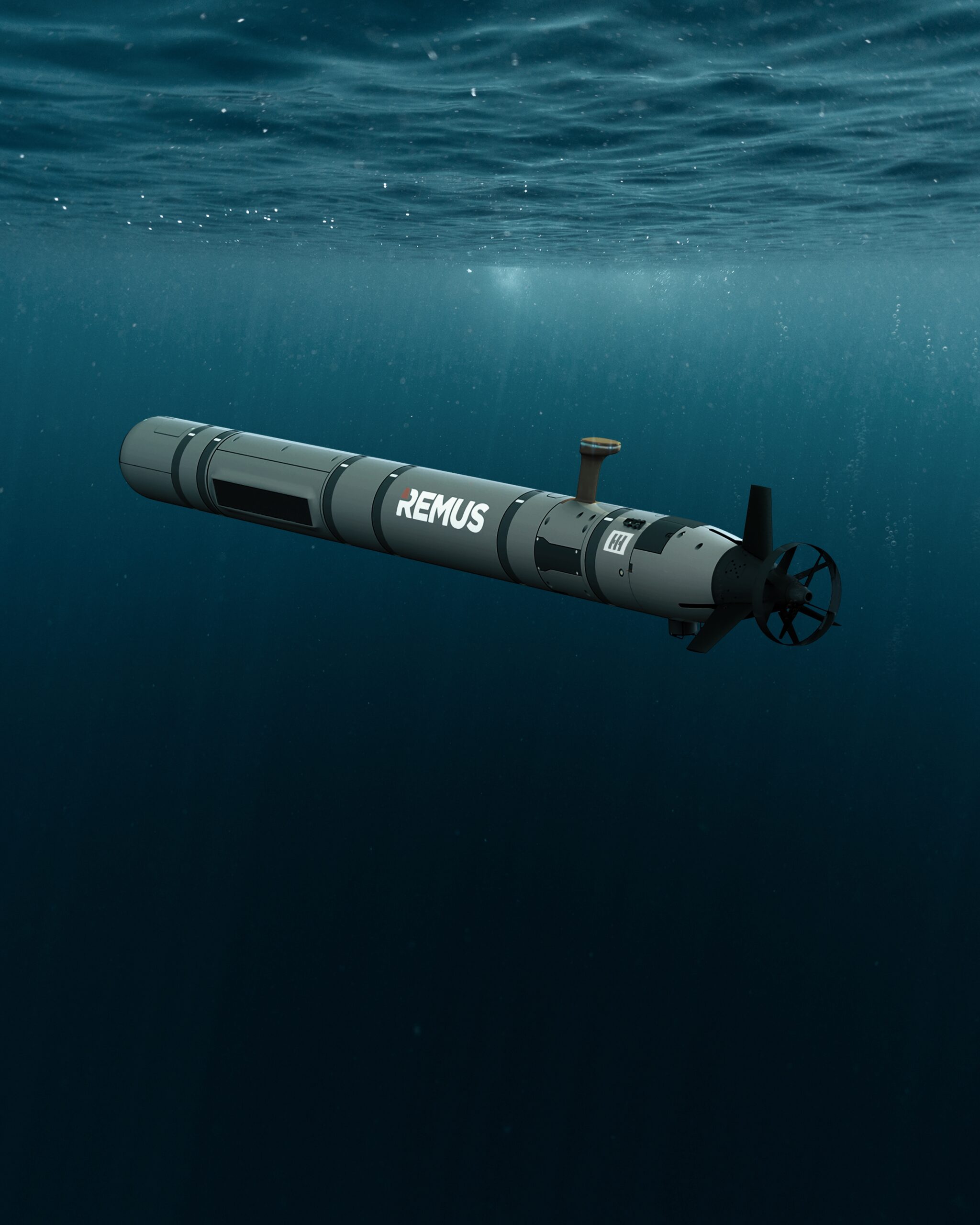I have never done this, but I wanted to share what I think is the best gear for someone that might want some new dive gear for working divers.
Masks
The Zoom EVO is a low-volume dual lens mask that is appropriate for all divers, but it is especially well-suited for combat divers who need a low-volume mask for diving O2 and for divers who need prescription lenses. The mask’s innovative lens-changing system lets you swap lenses in under a minute without tools. Even with thick gloves, the Zoom EVO’s one-hand nose compartment is easy to access. SCUBAPRO HUD mounts to the mask frame of the zoom.
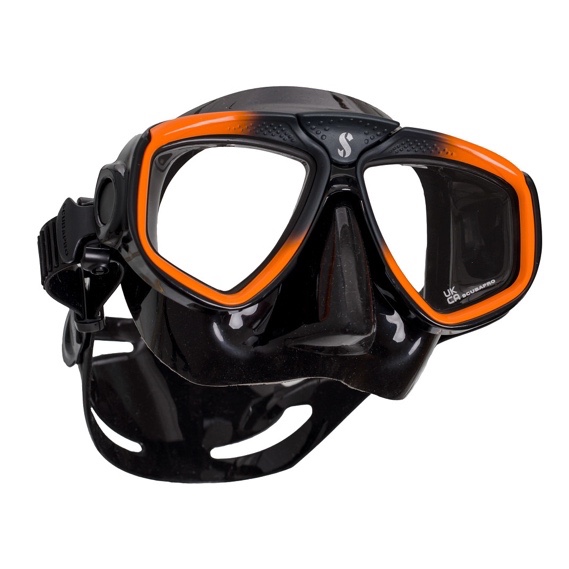
Steel Comp/ Pro
The Steel Pro and Comp fit a range of faces and noses well. The Steel masks have been one of my favorite masks, and despite the many years of frequent use, I have experienced very little damage to any of them (I have three) (I have three). I don’t use them that much now because you cannot use the HUD with them. I always carry a backup mask. Its modest volume and flexible skirt make it ideal for deep diving. Thanks to the skillfully constructed softer nose pocket, equalization is not a problem.
The Steel Pro/ Comp Freediving Mask is a top-of-the-line low-volume mask. This mask is designed to be worn for lengthy periods.
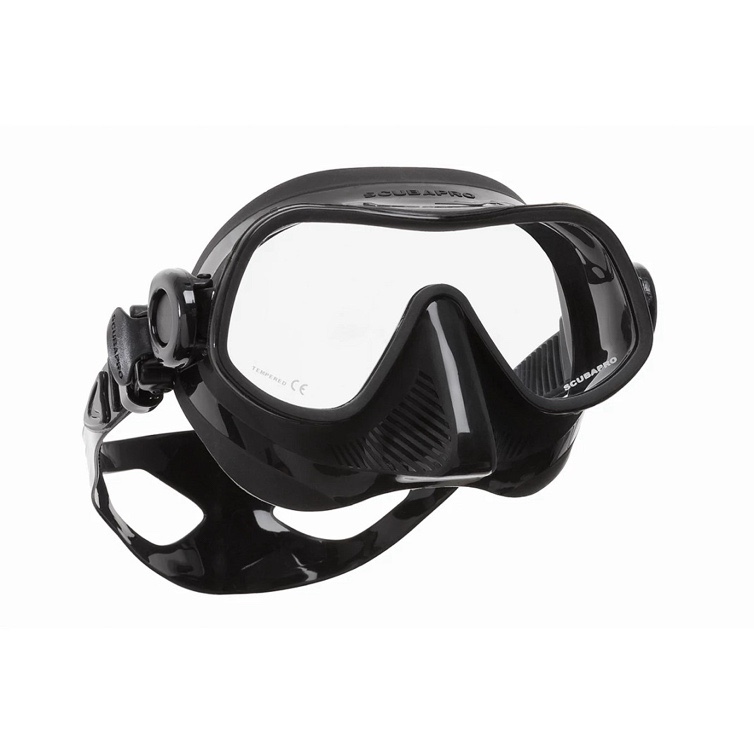
The SPECTRA provides a broad field of view, a cozy water-blocking seal, and a low-volume design for simple clearing. The SPECTRA employs a clever double-sealed silicone skirt for maximum comfort and is specifically made to accommodate a variety of face shapes.
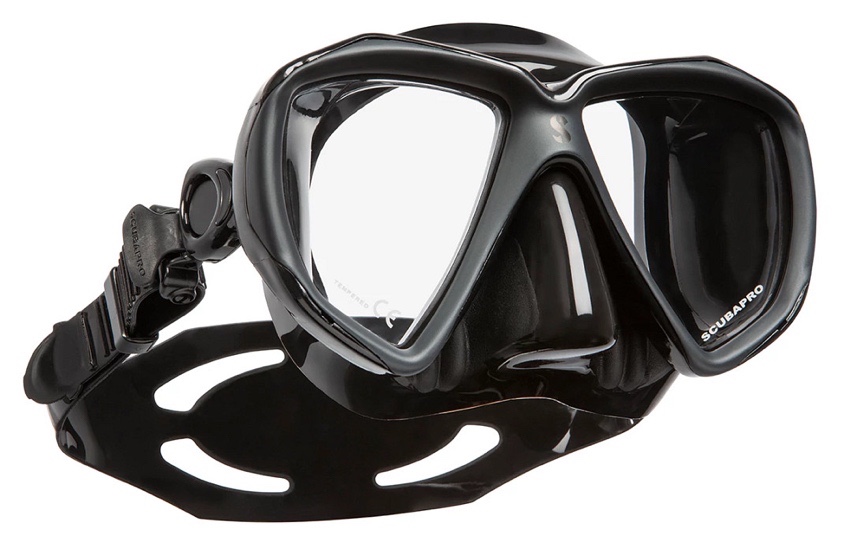
In addition to enabling the mask to be folded flat for simple packing, push-button buckles that attach to the skirt allow for simple adjustment, optimum strap angle, and range of motion for attaining that perfect fit. All the above masks can use the Comfort and Odin straps, The Odin allowing you to attach your mask to the helmet’s ACH Rails for simple donning and doffing.
Fins
Whenever anyone asks me what my favorite fin is, it is one of these two. I have not been using the Supernova as long as I have the Go Sports, so the Go is honestly my go-to fin (get it go to, go sport?! No, ok, sorry). They are light, so they are great to carry around if needed and have great power and control for tight spaces like being around piers. I have given away many of these fins because I have let guys try them, and they won’t give them back. All that said, the Supernovas are a close second, if not first. They have unmatched power, control, and speed. I have had units try them, and they switched to them that day.
The new Seawing Supernova is a step in performance, construction, fit, and adaptability. Its Pivot Control Technology (PCT) and the Auto-Adjust center panel give the appropriate blade attack angle. PCT hinges set the blade at 40 to 50 degrees, which converts kicks into forward momentum. The Auto-Adjust center panel counter-pivots to fine-tune the angle of attack depending on the strength of the kick. Blade form innovation increases power, speed, and maneuverability. Blade’s center panel membrane adjusts the angle of attack based on kicking strength for simpler cruising and maximum power. A key fob-style multipurpose utility is supplied for breaking it down and reassembly. The heel bungee can be adjusted for use with different size boots. It lets you switch from a winter dive boot to a beach jungle boot.
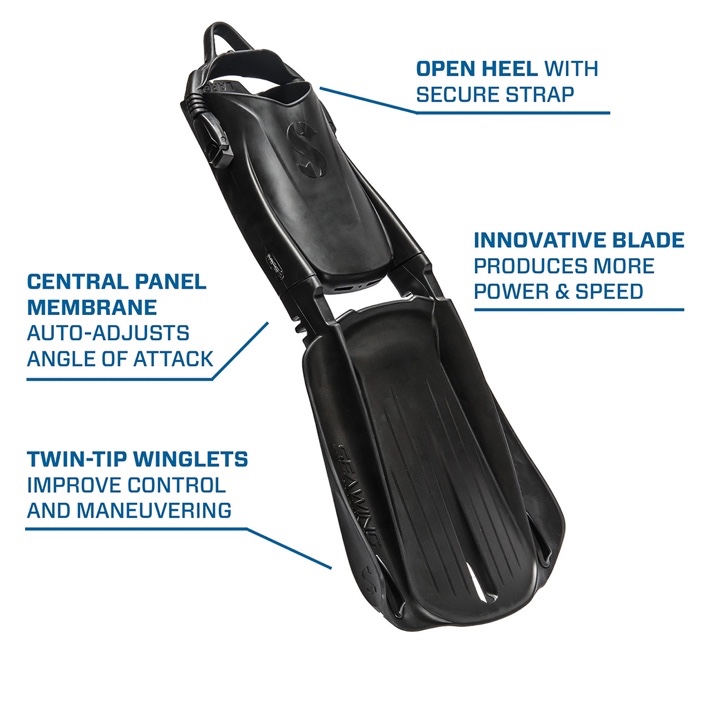
The SCUBAPRO GO Sport fin has a “boot-fit” design, enabling divers who wear boots for cold water or negotiating rocky shore entries to benefit from the proven kicking performance. Lightweight yet virtually indestructible, this provides great power and control in the water. It is lightweight, making it ideal if needed to carry in the field. The blade has been slightly revised from the original; it now provides mounting points to attach skegs that minimize sideslip and maximize stability. The self-adjusting bungee heel strap allows for a versatile fit. The strap also makes for easy donning and doffing.
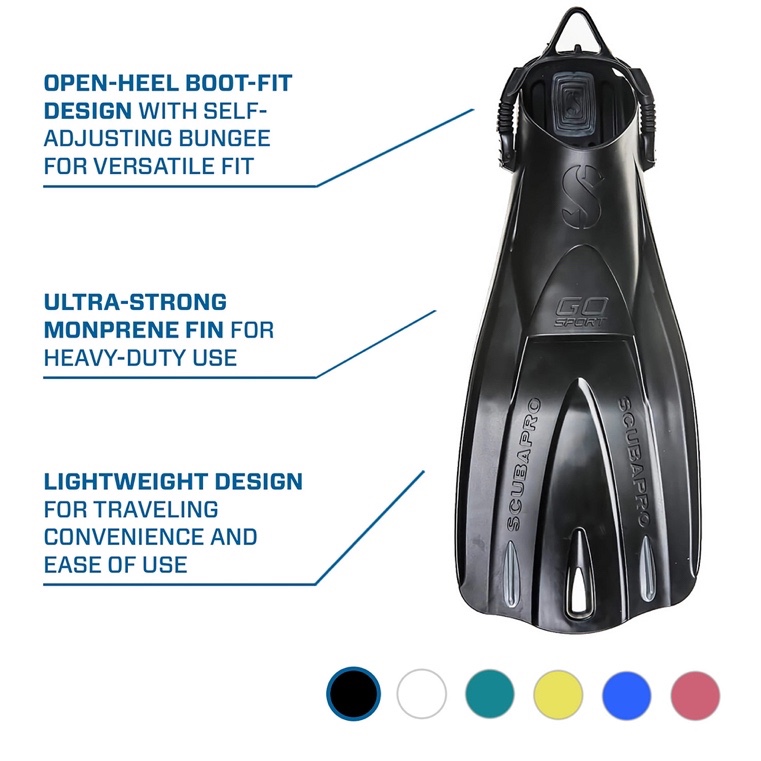
Regulators
The MK19 EVO / A700 combines the exceptional breathing capabilities of the A700 with an environmentally sealed first stage from the MK19 EVO that is remarkably resistant to freezing and fouling its inner mechanism. A dry ambient pressure chamber with a double spring for maximum dependability and an LP port swivel turret to maximize hose routing choices are features of the MK19 EVO. The powerful A700 provides best-in-class breathing performance, including smooth inhalation and unsurpassed ease of exhalation. Its precision-manufactured full-metal front cover, valve housing, and casing are all made of metal.
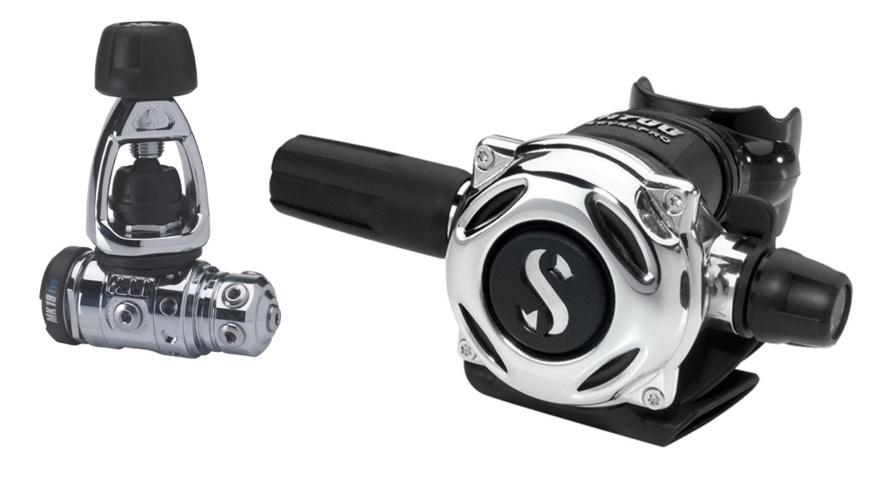
For someone new to diving, the MK2 EVO internal parts, which were created expressly to withstand freezing in extremely cold-water conditions, are downstream piston-style first-stage components. Therefore, you can count on top-notch breathing performance whether you’re reef diving in the Caribbean or wreck diving in the Great Lakes. The R195 is a cutting-edge second-stage design that combines a traditional downstream valve with a sizable diaphragm, a useful purge, and VIVA switch for slick and straightforward operation. The MK2 EVO/R195 is not only the finest option—it is the only option—for both novice and experienced divers seeking a reliable but affordable regulator that can withstand almost all water temperatures.
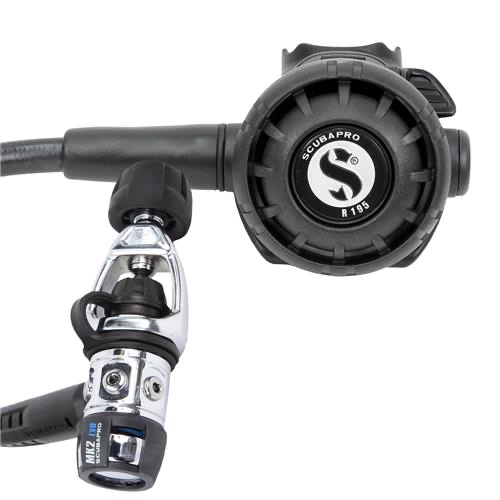
The MK11 / S270 is a simple, sturdy, and easy-to-use air delivery system for divers looking for dependable performance. Its easy airflow is unaffected by depth, tank pressure, or breathing rate thanks to the balanced diaphragm MK11. With its unbreakable anti-scratch construction and smooth breathing performance, the little S270 can withstand years of rigorous use.
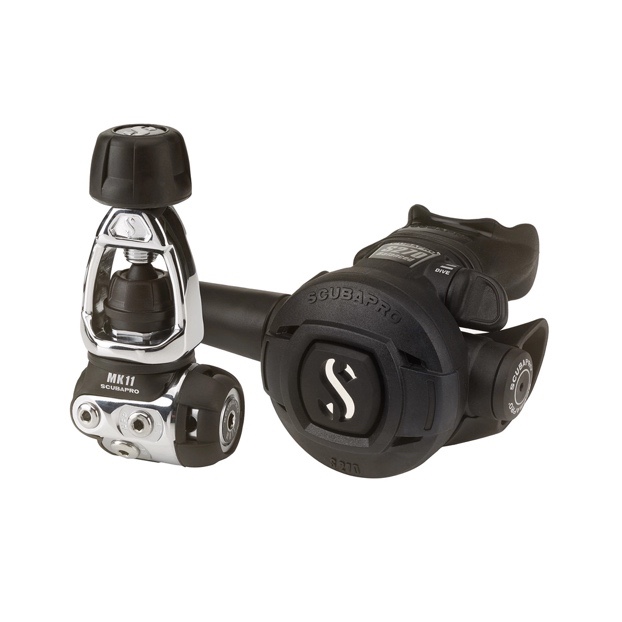
Knives/Cutting Tools
The JAWZ Ti is a versatile, all-in-one multipurpose rescue equipment that is more than just a dive knife. The instrument has two major cutting surfaces with three unique cutting zones, is made of Grade 38 ATI 425 ballistic titanium, and has 316 stainless steel hardware. It also has a heat-injected molded polypropylene thermoplastic grip with a pointed breaker. Choose between a flat black or glow-in-the-dark handle for operating in low light. Included are a sheath and a TacWare J-clip.

The X-Tek X- cut is made from Alpha (hardened) titanium and is used to create versatile, lightweight. Its blade features a line cutter and serrated and smooth cutting edges. The blade is uniquely formed and intended to preserve a cutting edge that is extremely robust for a long lifespan of corrosion-free performance. When focusing on a demanding cutting task, the no-nonsense handle’s contoured design with finger indents and a thumb guard allows you to keep a strong and non-slip hold. A lanyard eyelet is offered so you can always have the knife close to you.

SCUBAPRO WHITE TIP is an ultra-compact, space-saving cutting tool for divers. The WHITE TIP’s blade is made of 304-grade hard-tempered stainless steel for outstanding cutting and oxidation resistance. It has a serrated edge for sawing rope, a standard edge for slicing, and an angled Tanto tip, one of the strongest knife points. A handle slot holds a lanyard. The WHITE TIP is a tiny knife that may be attached to a hose or BCD as a primary knife or carried in a pocket as a backup. I like the Mako also, but I see no need for a bottle opener on a knife.

Black Mask Divers Shears, which rescue divers employ for heavy cutting, may readily cut through entanglements. Marine-grade stainless steel is corrosion-resistant. Most have nylon sheaths; however, Black Mask divers’ have Kydex sheaths. Nylon sheaths must dry before storing shears. But with Black Mask diver ones, they’re dry practically immediately. Also, it’s one-handed. The shear holster system may be mounted anywhere, drawn, and re-holstered with one hand, even when wearing gloves. The sheath can be used with almost any standard trauma shears.

Wetsuits
The new line with its multi-thickness panels, blind stitched seams, and soft inner fleece (Dimond Span Lining), the newest SCUBAPRO’s Everflex Yulex wetsuit is genuinely one of the most comfortable dive wetsuits available. Regardless of runtime, depth, or task loading, the wetsuit provides the highest possible level of stretchability and comfort; after all, you are looking for the best. It is extremely rare for a wetsuit with a thickness of 3 millimeters to offer sufficient thermal protection to be classified as a Class C diving suit in Europe. SCUABPROs new wetsuits, the EVERFLEX 3/2MM, has done this. To say that this is a testimonial to the premium materials, structure, and design of the EVERFLEX 3/2MM wetsuit is an understatement. This wetsuit is widely considered to be the best option for diving. This incredibly cozy steamer was designed with SCUBAPRO’s Pure Design Concept, ensuring a superb fit while allowing complete freedom of movement. The suit can move more naturally with your body due to the preformed dimensional shapes, which deliver unprecedented comfort and flexibility. All Everflex steamers are constructed with 100% Everflex Yulex material. This is the new standard for wetsuits right now.

Lights
A small but powerful dive light that fits in a pocket is the Nova 250. It has an over-pressure valve to release battery off-gassing and three modes: 100% power, 50% power, and Flash, making it the safest compact light on the market. The Nova 250 uses a CR123 battery to produce 250 lumens of illumination (rechargeable or disposable). You shouldn’t worry if the CR123 throwaway battery is left in your BCD pocket during the winter because it has a shelf life of up to 10 years.

Products are available from www.scubapro.com



